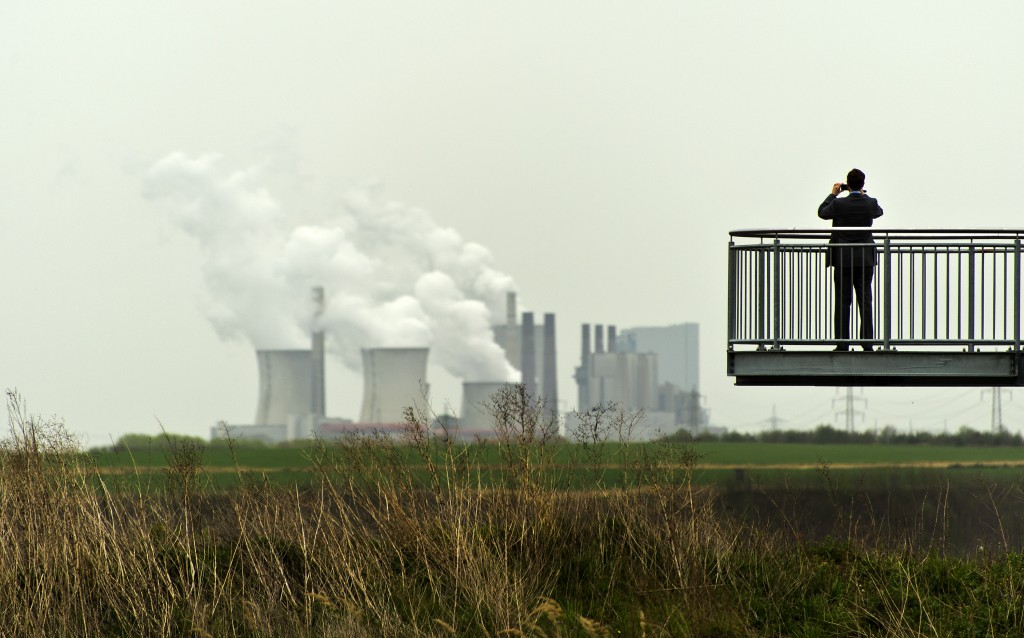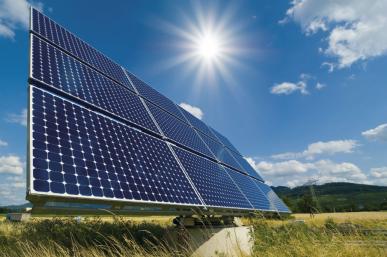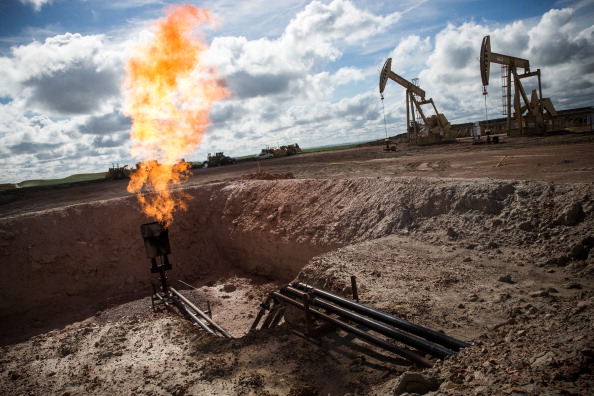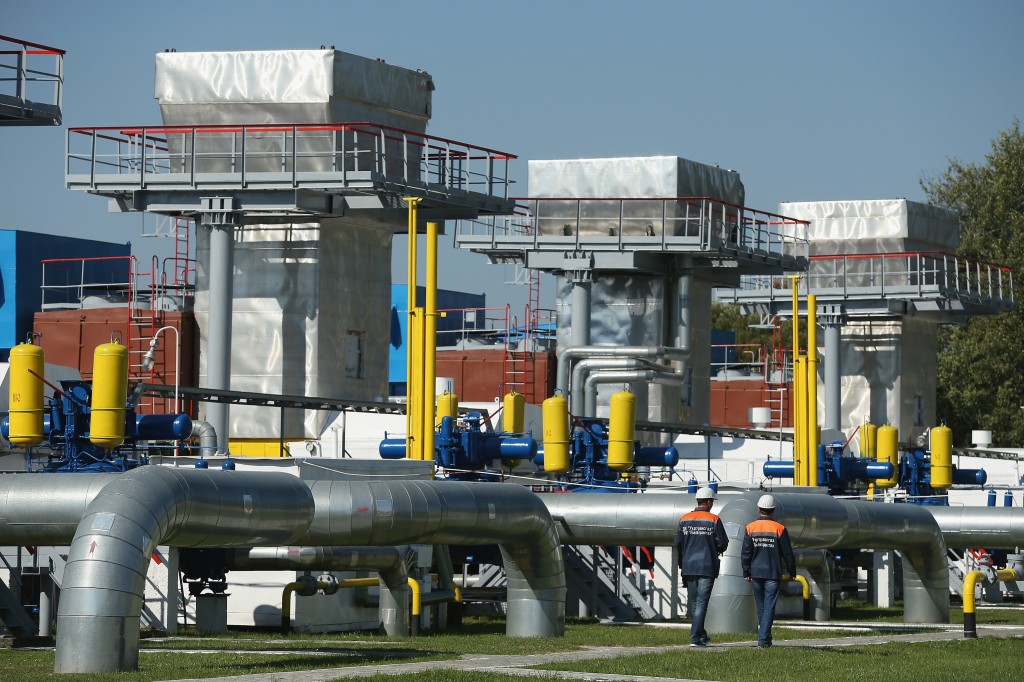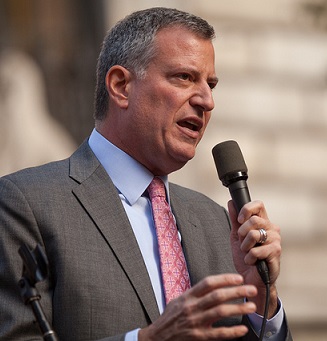Quick Take: Home energy monitors, once expected to be a popular accessory for the affluent, instead may become common amongst Texas’ poorest families, as you will read below. I have mixed feelings. I certainly agree that more should be done to help low-income families gain control and choice. And I understand that the poor are the… Keep reading →
Regulation
Texas Is Forcing Utilities To Give Home Energy Monitors To The Poor
By Smart Grid NewsSign up and get Breaking Energy news in your inbox.
We will never sell or share your information without your consent. See our privacy policy.Interior Announces New Proposal for Renewable Energy Development on Public Lands
By Andrew Anderson, Joshua Andrews, Andrew Ehrlich | Faegre Baker DanielsLast week, the U.S. Department of Interior released its new proposal for development of solar and wind resources on public lands. The proposal, referred to as the Desert Renewable Energy Conservation Plan (DREC), focuses on the desert land across seven California counties — Imperial, Inyo, Kern, Los Angeles, Riverside, San Bernardino and San Diego. It was developed through collaboration among California state agencies as well as the federal government in an attempt to facilitate California’s renewable electricity portfolio and renewable energy development on federal lands.
Senate Finance Committee Hearing on Energy Tax Policy Reforms
By Enerknol ResearchOn September 17, 2014, the Senate Committee on Finance held a hearing titled “Reforming America’s Outdated Energy Tax Code” to discuss possible reforms to the U.S. energy tax policy. Senate Finance Committee Chairman Sen. Ron Wyden (D-OR) underscored the need for predictable, level playing-field tax policy that puts renewables on the same footing as other… Keep reading →
TSCA on Hydraulic Fracturing: Gateway to New Federal Rules?
By Margaret Anne Hill, Michael Krancer, Frank Tamulonis III | Blank Rome LLPEnergy, Petrochemical & Natural Resources
Action item: To avoid and discourage duplicative and unnecessary federal oil and gas regulations, oil and gas operators should resist federal efforts to federalize hydraulic fracturing regulations and should actively engage with state regulators to craft innovative and practical regulations at the state level.
Historically, states have taken the lead in regulating oil and gas development given the states’ primary interest in securing rational oil and gas development in their own boundaries. Hydraulic fracturing—a 60-year-old technology used for oil and gas development—is a temporary process of pumping fluids underground for the purpose of extraction of natural gas or oil from deep formations lying 5,000 to 8,000 feet or more below the surface. Fresh groundwater is located from about less than 600 feet below the surface. Hydraulic fracturing has been practiced routinely for decades by operators in many states, including New York.
Financing Clean Energy Infrastructure in Africa
By U.S. Department of EnergyThe African continent — home to many of the world’s fastest-growing economies and populations — holds substantial untapped energy resources. Maintaining economic growth for these countries requires access to reliable, affordable and sustainable energy. Yet power generation capacity is often inadequate. To help address these challenges, the Department of Energy looks for ways to increase… Keep reading →
Local utility caves in to pressure, finally Having been slapped by the regulators for being slow and unimaginative – that is putting it politely – Hawaiian Electric Company was forced to make an about face. HECO now says it will get 67% of its electricity from renewables by 2030%, a third of that from… Keep reading →
FERC Commissioner Moeller Convenes Public Meeting Focusing on Resolving Natural Gas Supply Challenges for Electric Generators
By William Friedman|McDermott Will & EmeryCommissioner Philip Moeller of the Federal Energy Regulatory Commission (FERC) held a public meeting on September 18, 2014 to discuss ideas to facilitate and improve the way in which natural gas is traded and to explore the concept of establishing a centralized natural gas trading platform. Although not an official FERC conference, the ideas at issue were an extension of FERC’s recent focus on gas-electric coordination. During the well-attended meeting, Commissioner Moeller presided over a large roundtable discussion of stakeholders, including electric generation owners, natural gas producers, pipelines and marketers, who engaged in a spirited discussion of whether natural gas supplies are meeting the needs of electric generators and improvement in supply practices. The central focus of the meeting was the creation of a natural gas information and trading platform containing bids and offers for the purchase and sale of commodity and capacity for receipt and delivery on points across multiple pipeline systems.
In an overt admission that western-led sanctions agasint Russia’s energy sector are impacting offshore resource development, the country’s top state-controlled oil & gas enterprises are pushing for legislative changes meant to entice western companies – and their technology – into the sector. The proposed subsoil legislation modifications would apparently allow foreign companies to take expanded… Keep reading →
NYC Mayor Launches Energy Efficiency Program Modeled After NYC Clean Heat
By Environmental Defense Fund Energy Exchange BlogOver the weekend, New York City Mayor de Blasio unveiled an ambitious plan to address energy use in the city’s buildings, called NYC Built to Last. Through this plan, NYC is committing to reduce its emissions by 80 percent below 2005 levels by 2050. This makes NYC the largest city in the world to commit to a goal… Keep reading →

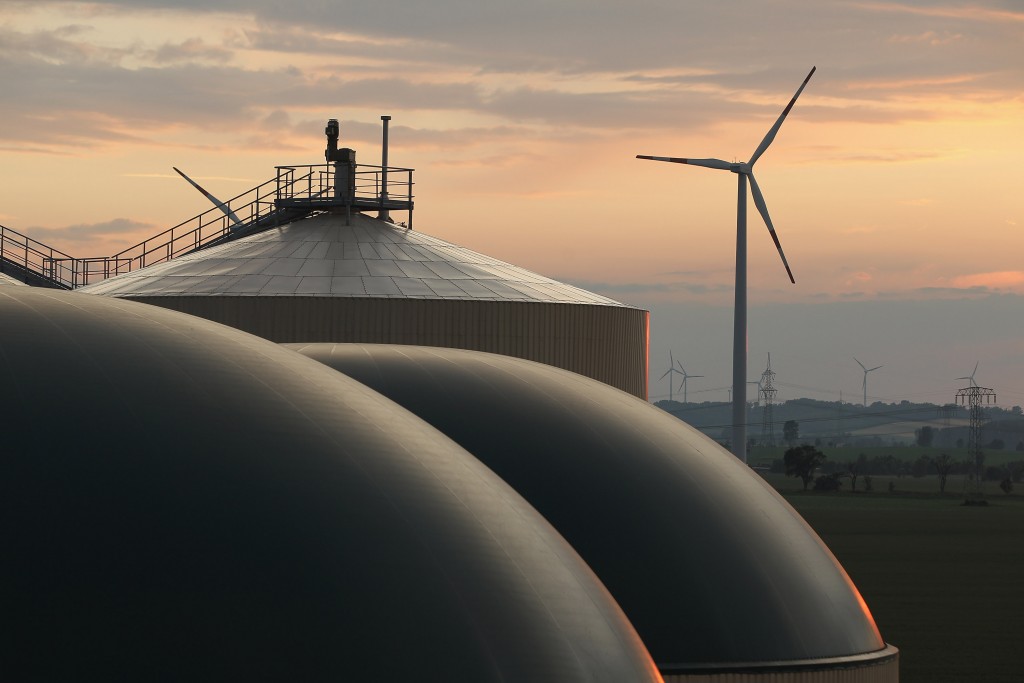

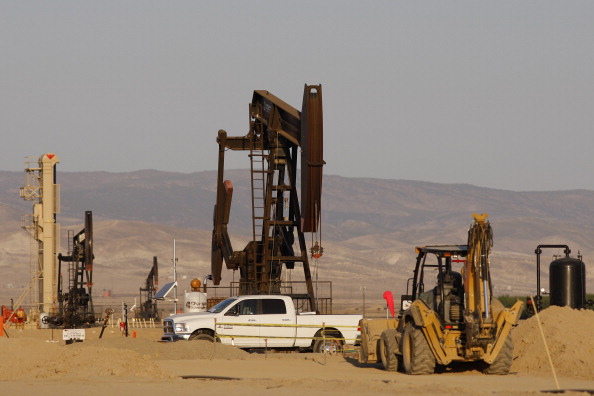
![2014-06-02 17.19.11[1]](https://sites.breakingmedia.com/uploads/sites/2/2014/09/2014-06-02-17.19.111.jpg)
